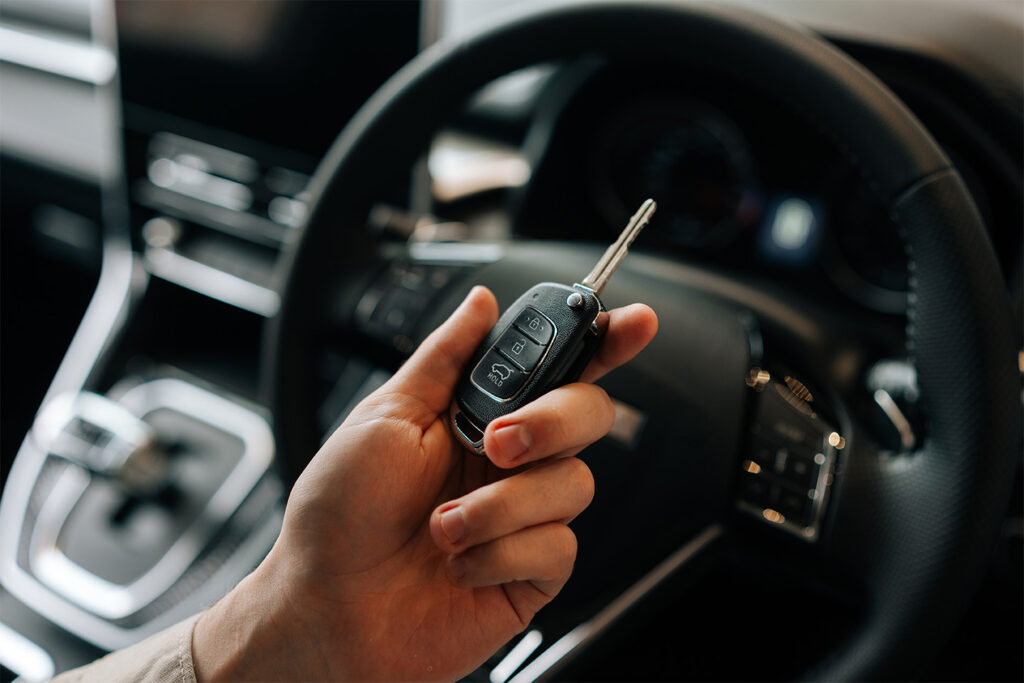As the drug-driving epidemic continues to grow, fleet managers are facing pressures to ensure their drivers stay safe. Recent statistics show that over 50% of drivers tested for drugs are failing roadside tests, which makes it crucial for fleet managers to take action. So, how can fleet managers reduce the risk of drug-driving in their fleets and protect their employees, other road users, and their company’s reputation?
In this blog post, we’ll explore actionable steps fleet managers can take to mitigate the impact of the drug-driving epidemic. This includes driver monitoring, effective training programmes, and promoting driver wellbeing. Let’s dive in!
The Growing Drug-Driving Epidemic
Drug-driving has become a significant concern on the roads today. According to IAM RoadSmart, 51% of drivers who were tested in 2023 failed their roadside drug tests, and early figures from 2024 suggest this percentage remains alarmingly high. With the number of drug-related road deaths in the UK increasing by over 70% from 2014 to 2022, it’s clear that the problem is worsening.
To reduce the impact of this epidemic, fleet managers need to take proactive measures to monitor their drivers, provide training, and support their wellbeing.
How Can Fleet Managers Tackle Drug-Driving?
Here are some practical steps fleet managers can take to tackle the drug-driving issue head-on:
1. Monitor Driver Performance
One of the best ways to prevent drug-driving is by keeping a close eye on your drivers. With the help of Fleet Service GB’s Driver Management Programme, fleet managers can monitor driver performance in real-time using their Achieve Software Hub. This system provides a dynamic risk score or live driver score for each driver, factoring in their driving history, experience, fitness to drive, and regular licence checks.
By integrating vehicle maintenance data and telematics, you get a complete picture of both driver behaviour and vehicle condition, enabling you to identify potential risks early on. Regular monitoring will help ensure drivers aren’t under the influence of drugs and are fit to drive at all times.
2. Provide Targeted Driver Training
Another effective way to combat drug-driving is through comprehensive driver training. Fleet managers can offer personalised, targeted training to their drivers based on their experience and risk profile.
FSGB’s Driver Training Programme offers eLearning modules, a library of resources, and a driver handbook. Training is customised to suit each driver’s needs and is delivered at different intervals – immediate, 3 months, 6 months, and 3 years – to ensure drivers receive the right training at the right time.
By addressing drug-driving as part of the training curriculum and providing ongoing support, drivers will be more aware of the dangers of driving under the influence and better equipped to make safer choices on the road.
3. Support Driver Wellbeing
Driver wellbeing is essential for overall fleet safety. Impaired driving can result from both physical and mental health issues, so it’s important to take a holistic approach. Fleet Service GB’s Wellbeing Workshops provide a great way to support your drivers. These workshops are designed to address the specific needs of drivers, helping them manage stress, mental health, and physical fitness.
Additionally, the Achieve Driver App offers daily wellbeing tips to promote a healthier lifestyle and help drivers manage their health, both physically and mentally. By offering these resources, fleet managers can reduce the likelihood of drivers turning to drugs to cope with stress or other challenges.
4. Encourage Driver Engagement
Keeping drivers engaged and motivated is key to maintaining a safe and productive fleet. The Achieve Driver App makes it easy for drivers to access their tasks, training, and communicate with fleet management. Plus, recognising excellent performance through awards like “Driver of the Month” boosts morale and helps foster a positive work environment.
Engaged drivers are more likely to adhere to safety protocols and avoid risky behaviour, including drug-driving.
FAQs About Drug-Driving and Fleet Management
What are the signs of drug-driving?
Police look for several signs of drug-driving, including erratic driving behaviours like driving too slowly or quickly, late braking, swerving, or not using headlights at night. Once stopped, they’ll look for physical signs like red eyes, dilated or constricted pupils, slurred speech, and unsteady movements.
How can fleet managers monitor their drivers for drug-driving?
Fleet managers can use tools like FSGB’s Achieve Software Hub, which continuously updates drivers’ risk scores based on their driving performance, fitness to drive, and other key factors. Integrating this with telematics and vehicle maintenance data provides a comprehensive overview of driver behaviour.
What should I do if a driver tests positive for drugs?
If a driver tests positive for drugs, it’s crucial to investigate further and take appropriate action. You may need to suspend the driver from driving until they’ve undergone a fitness to drive assessment. You should also offer support for their rehabilitation and consider re-education through driver training programmes.
How can Fleet Service GB help my business?
Fleet Service GB provides comprehensive driver management services, including performance monitoring, driver training, wellbeing support, and vehicle maintenance. Their Driver Management Programme helps reduce risk exposure, improve safety, and enhance overall fleet performance. With their ongoing support, you can be confident in managing your fleet safely and efficiently.
How does FSGB’s Driver Training Programme work?
FSGB’s Driver Training Programme is designed to upskill your drivers based on their experience. The programme includes eLearning modules, a driver handbook, and tailored training sessions at various stages (immediate, 3 months, 6 months, 3 years). This ensures that drivers get the right training at the right time to keep them safe and compliant on the roads.
Conclusion
Drug-driving is a growing concern for fleet managers, but with the right tools and strategies, you can help mitigate its impact. By monitoring driver performance, offering tailored training, supporting driver wellbeing, and keeping drivers engaged, you’ll create a safer and more productive fleet.
If you’d like to find out more about how Fleet Service GB can help manage your fleet and reduce the risks associated with drug-driving, visit their website for more information.



